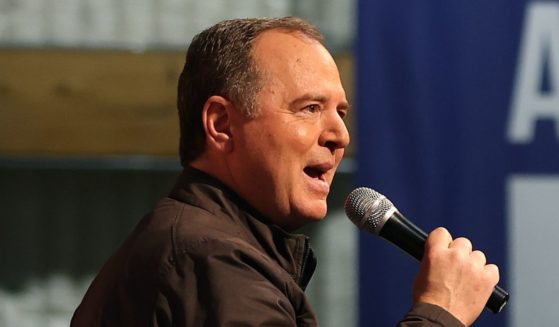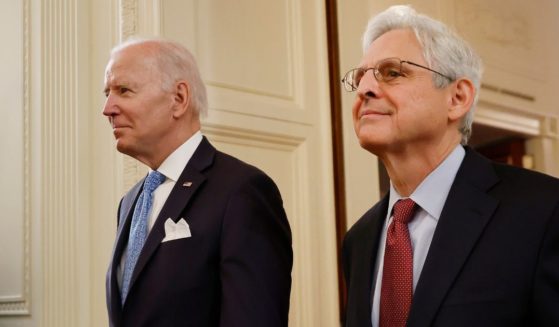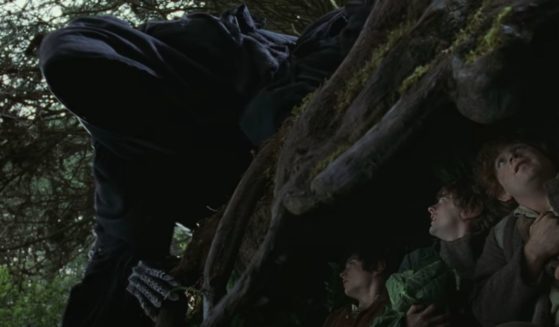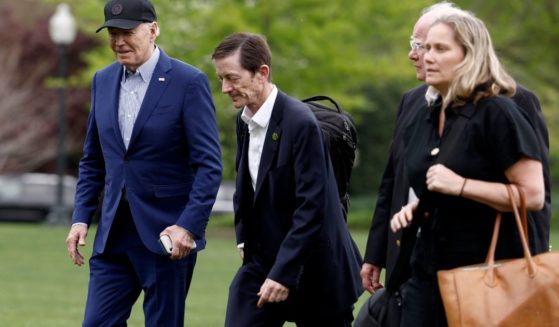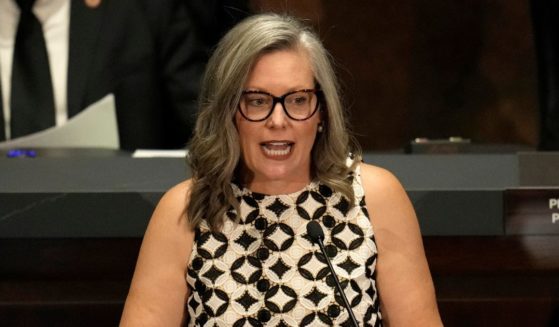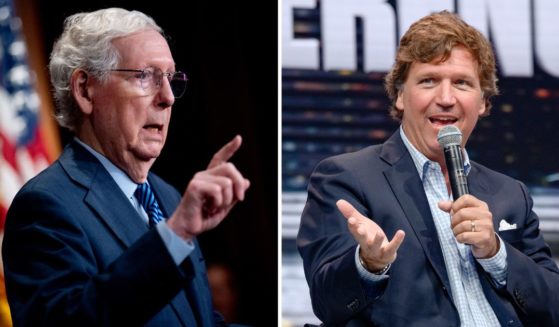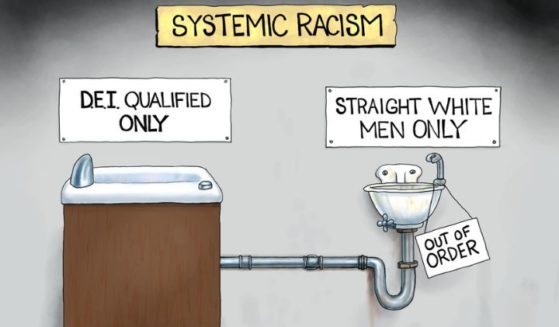February Jobs Report Beats Expectations, Unemployment Falls To Match 50-Year Low
Hiring in the United States jumped in February as employers added 273,000 jobs, evidence that the economy was in strong shape despite coronavirus fears that began in January.
The Labor Department said Friday that the unemployment rate fell to 3.5 percent last month, matching a 50-year low, down from 3.6 percent in January.
The monthly job gain comes from a survey of payrolls in the second week of February, predating reports of the virus in the U.S.
So far, there are few signs that the job market has been affected by the disease, but some economists predict that hiring will slow in the coming months.
Wage growth slowed slightly in February, rising 3 percent compared with a year earlier, down from a 3.1 percent year-over-year average gain in January. Paychecks have grown at a 3 percent pace or higher for more than 18 months, peaking at 3.5 percent last summer.
The government on Friday also upgraded its estimate of job growth in December and January by a combined 85,000 more than it had previously reported. Over the past three months, U.S. employers have added 243,000 jobs — the best quarter pace since September 2016.
Unseasonably warm weather in February likely boosted hiring in the construction industry, which added 42,000 jobs, and hotels and restaurants, which gained nearly 50,000.
Manufacturing added 15,000, which may prove difficult to replicate in the coming months because of supply chain disruptions in China. Last month’s totals include 7,000 temporary Census jobs to help compile the 2020 count.
If employers were to start slashing jobs as a consequence of the virus — a prediction that is by no means certain — it could result in significant economic damage. For that reason, a range of job market barometers will provide some of the most vital signals about how the economy is withstanding the virus’ impact.
Widespread layoffs can transform slowdowns in just one or two sectors — the travel industry, say, or manufacturing — into a downturn for the overall economy. When workers lose jobs and pay, they typically cut spending. Their friends and relatives who are still employed grow anxious about their own jobs and wary of spending freely, a cycle that can trigger further job cuts.
So long as monthly job gains remain above 100,000 or so, the unemployment rate should stay low and the economy may be able to avoid such a downturn. If the monthly pace were to sink below that level for a sustained period, joblessness could potentially rise.
Before the viral outbreak struck China, shutting factories and causing shortages of parts and final products for U.S. manufacturers and retailers, the economy was expanding at a steady pace. Annual growth was 2.1 percent in the final three months of last year.
In 2019, employers added jobs at a pace of about 175,000 a month, slightly slower than in 2018 but enough to absorb new workers and lower the unemployment rate over time.
A pickup in housing sales has supported growth, with ultra-low mortgage rates helping more buyers afford a purchase. And consumer spending, fueled by solid pay increases, has lifted online retailers, restaurants and the broader economy.
The timeliest gauge of layoffs is the government’s weekly report on applications for unemployment benefits. People who are laid off are eligible for the aid. The latest data, issued Thursday, was reassuring: It showed that the number of people seeking unemployment benefits dropped 3,000 to 216,000 in the week that ended Feb. 29. That is roughly the same as the average over the past month and is a very low level historically.
The job market appears resilient for now according to several gauges. The jobs website Indeed’s data shows that companies have yet to cut job postings, evidence that they are still willing to hire.
And on Wednesday, payroll processor ADP said companies added a healthy 183,000 jobs in February, though it’s worth noting that that figure was likely boosted to some degree by unseasonably warm weather that spurred hiring in construction and a category that mostly includes restaurants and hotels.
Should coronavirus worries start to depress consumer and business confidence, a broader pullback in spending and hiring could potentially weaken the economy.
So far, that evidence is mixed, at best.
A consumer confidence survey by survey research company Morning Consult has already shown clear declines. But a separate survey of small businesses by the National Federation for Independent Business found that about one-fifth of small companies in February planned to add jobs, unchanged from the previous month.
A survey of the Fed’s business contacts released Wednesday, known as the Beige Book, found half the bank’s 12 districts reporting consequences from the coronavirus.
The Philadelphia Federal Reserve reported fewer tourist groups from China and said many of the city’s Asian restaurants and shops had reported declining foot traffic because of unfounded fears over the virus.
The Western Journal has reviewed this Associated Press story and may have altered it prior to publication to ensure that it meets our editorial standards.
Truth and Accuracy
We are committed to truth and accuracy in all of our journalism. Read our editorial standards.



